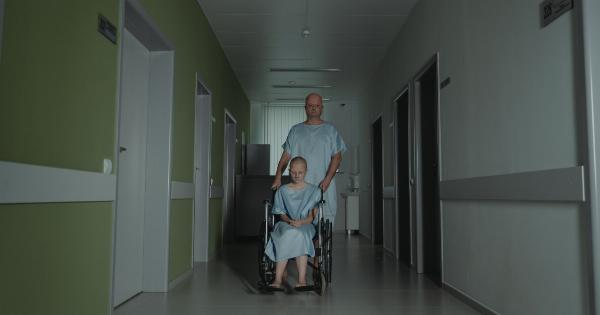For decades, HIV has been a global health problem, with millions of people living with HIV/AIDS worldwide. While it was initially considered a disease that primarily affected men, over the years, its impact on women has become increasingly evident.
Women account for over half of the people living with HIV/AIDS globally.
Gender disparities in HIV/AIDS transmissions exist, and this article will examine the factors that contribute to the higher prevalence of HIV/AIDS among women and the gender-based barriers they face in accessing HIV prevention, treatment, and care.
HIV/AIDS Prevalence among Women
According to the World Health Organization (WHO), women constituted 51% of the total number of people living with HIV/AIDS in 2019.
Sub-Saharan Africa, in particular, is disproportionately affected, where women account for over half of the adults living with HIV/AIDS.
The high prevalence of HIV/AIDS among women can be attributed to various factors, including biological, structural, social, and cultural factors.
Biological Factors
Compared to men, women are biologically more vulnerable to HIV infections. Studies have shown that during vaginal intercourse, women are at a higher risk of contracting HIV because of the larger mucosal surface area that is exposed to the virus.
In addition, women have a higher viral load, which refers to the amount of HIV present in bodily fluids. This increases their likelihood of transmitting the virus.
Moreover, pregnancy, menstruation, and menopause all lead to physiological changes that can increase a woman’s susceptibility to HIV infections.
Structural Factors
The structural factors that contribute to gender disparities in HIV/AIDS transmissions include policy, legal, and economic barriers that limit women’s access to healthcare and HIV prevention measures.
In many countries, women face societal and cultural norms that limit their economic empowerment and decision-making abilities, which limits their ability to negotiate safer sex practices.
Lack of access to education, healthcare, and job opportunities limits their social and economic mobility, which further perpetuates gender disparities in HIV/AIDS transmissions.
Social Factors
Social factors that increase women’s vulnerability to HIV infections include social and cultural norms that endorse gender inequality and promote harmful practices such as child marriage, female genital mutilation, and gender-based violence.
Women in these situations may not have control over their sexuality or access to condoms, making them more susceptible to HIV infections.
Moreover, stigma and discrimination, as well as the lack of privacy and confidentiality when accessing HIV/AIDS services, can further discourage women from seeking healthcare.
Cultural Factors
Cultural factors such as religious beliefs, myths, and misconceptions about HIV/AIDS perpetuate gender disparities in HIV/AIDS transmissions.
Some cultural practices, such as widow inheritance and certain sexual rituals, increase women’s risk of HIV infections.
Moreover, homophobia, which is prevalent in many societies, exacerbates the vulnerability of men who have sex with men (MSM) and transgender people to HIV infections.
Gender-Based Barriers in Accessing HIV Prevention, Treatment, and Care
Gender-based barriers limit women’s access to HIV prevention, treatment, and care. These include:.
- Lack of access to information and education about HIV/AIDS
- Stigma and discrimination against women who are living with HIV/AIDS
- Gender-based violence and coercion
- Lack of access to HIV testing and counseling services
- Financial barriers that limit access to healthcare
- Gender insensitivity in healthcare settings
Conclusion
Gender disparities in HIV/AIDS transmissions persist worldwide, with women more affected than men. Biological, structural, social, and cultural factors contribute to women’s increased vulnerability to HIV infections.
Eliminating these disparities requires addressing gender-based inequalities in access to healthcare, education, and socio-economic opportunities.
Providing information, empowering women with knowledge and skills to negotiate safer sex practices, and reducing stigma and discrimination against people living with HIV/AIDS are also crucial steps towards achieving gender equality in HIV prevention, treatment, and care.




























